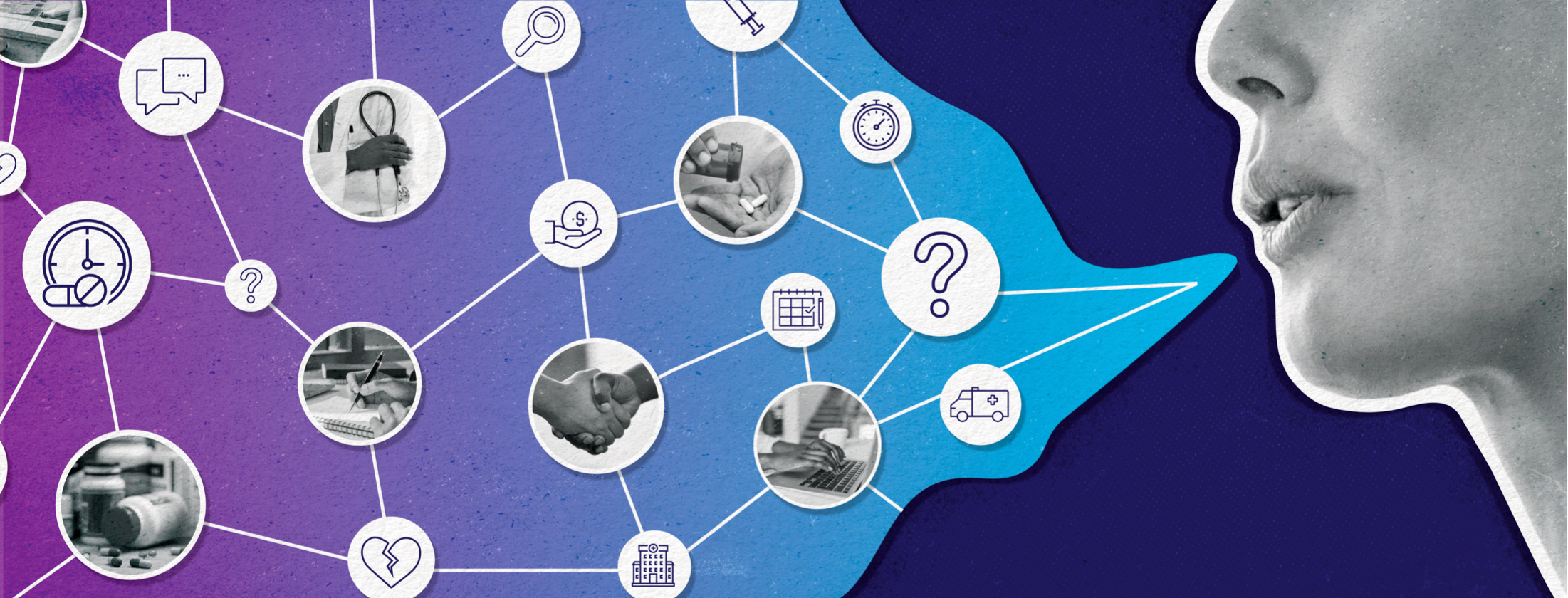4. Understand the broader context.
In mobile ethnography research that we conducted for a chronic condition, a young father provided a video as he pushed his son in a swing, reporting that his symptoms were relatively quiet and he was having a good day. However, he did not mention that he was sitting down as he pushed his son. An appropriate research partner should be able to identify opportunities not just based on an explicitly mentioned need, but by understanding the broader context of what is happening in a patient’s world.
5. Bring it to life.
Ensure the patient journey is memorable and enduring by leveraging multimedia reporting (audio and video) where and when appropriate. To effectively incorporate the voice of the patient, stakeholders need to hear the voice of the patient.
6. Make it useful.
Identify leverage points based on areas of unmet need or opportunity that best align with product/brand strategy and benefits. Then, contextualize this with foundational insights from social scraping or other data sources.
Health Union Insights’ 4D Patient Journey uses our proprietary patient attitudinal database, access to patient conversations within our 40+ condition-specific online health communities, and our flexible multi-modal research methodology to ensure well-rounded, rich, and action-oriented patient journey insights. We build on our foundation of existing disease-specific data and patient access to design custom research that will best capture and communicate the patient journey. Through Health Union’s one-of-a-kind Social Health Network, we also have the opportunity to tap patient leaders who can share their experience layered on to the experiences of everyday patients.
If you are looking to develop, refresh, or fill gaps in a new or existing patient journey, trust that Health Union knows how to put any aspect of the journey into the proper patient perspective. We invite you to contact us today.






